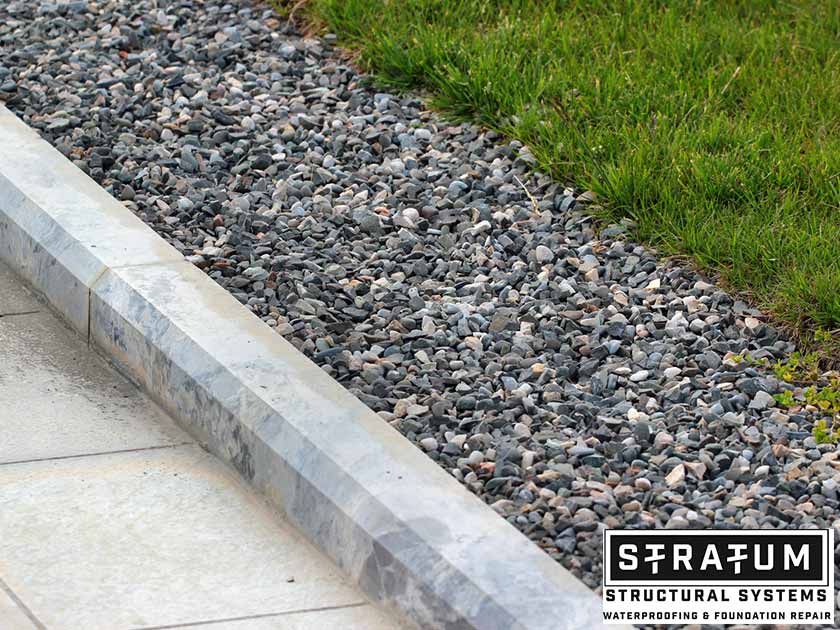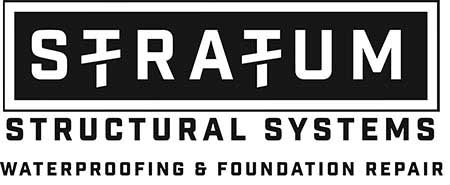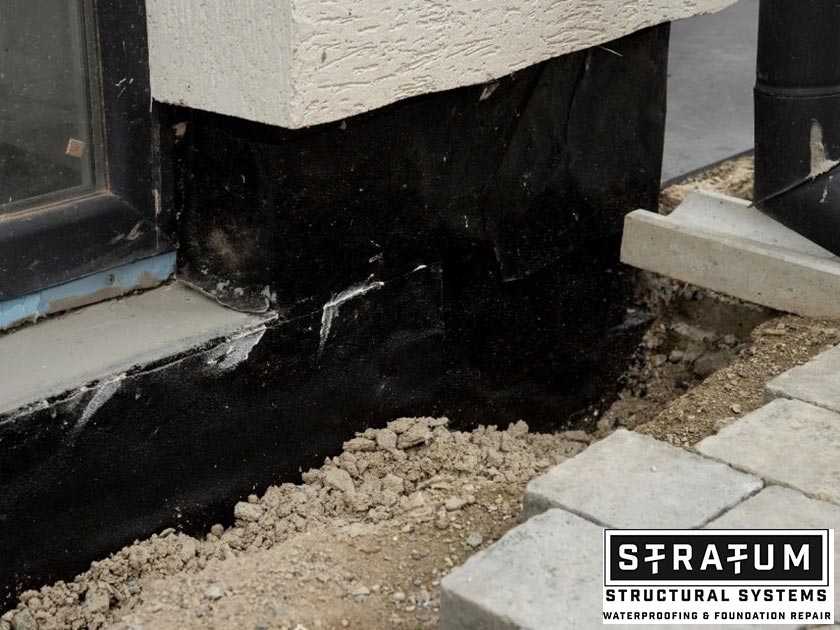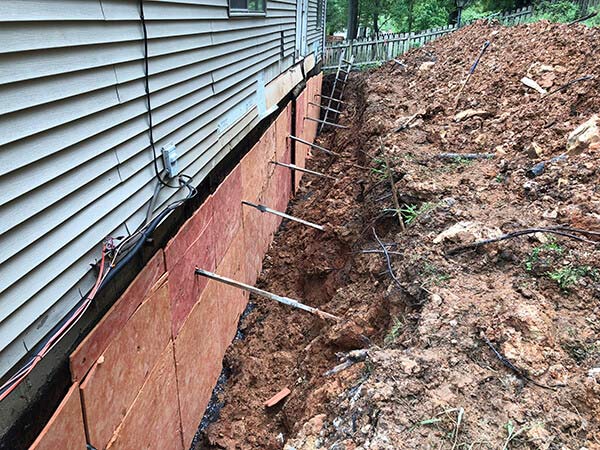Exterior French Drain Installation Tips for St. Louis Home

If you live in the St. Louis Metro area and are grappling with water management issues on your property, it may be time to consider an exterior French drain installation. French drains are a simple yet powerful solution to protect your property from water damage. However, while they offer an easy solution to water damage in your St. Louis home, the installation process is far from straightforward. It’s paramount to get it right because incorrect French drain installation can lead to catastrophic consequences, potentially worsening the very issues you’re trying to resolve. Are you considering this option for water damage prevention in your St. Louis home? This guide will take you through the steps of French drain installation, ensuring you have all the information you need to make an informed decision.
What is a French Drain, and Why Do I Need It?
A French drain is a simple yet effective solution designed to divert water away from your property. It’s essentially a trench filled with a pipe or drainage system surrounded by gravel, river rock and geofabric, that directs surface or groundwater away from an area.
Once water flows into the drainage system, it moves to where you want to take it… which is away from your property!
So, why should you consider an exterior French drain installation in the St. Louis metropolitan area? Our seasonable weather leaves your property susceptible to water damage, especially after the winter snow melts, spring rain falls, and as summer storms roll through.
If your property is prone to water accumulation or flooding, a French drain can be a lifesaver. It prevents ponding or pooling in your yard or basement and protects your home’s foundation from potential expanding clay soils and water damage.
Also, installing an exterior French drain for your St. Louis house is beneficial if your property is on a slope and you want to prevent soil erosion. So, in short, a French drain is a practical, cost-effective solution for managing excess water and preserving the structural integrity of your property.
How to Install a French Drain
For homeowners in St. Louis, a French drain can offer a crucial line of defense against water damage. It not only safeguards your property from flooding and soil erosion but also enhances the longevity of your home’s foundation. Here’s how to install a French drain outside of your home.
Step 1: Plan Your Drain Identifying the area where water accumulates and deciding where it should be redirected is the first step. This planning stage is crucial, as it will determine the effectiveness of your French drain. The drain should slope away from your house, ideally at a slope of 1%, or 1 foot of fall for every 100 feet.
Step 2: Mark the Path Use spray paint or a string with stakes to outline the path of the drain. This visual guide will assist you during the digging stage and help ensure the drain follows the intended path. The most direct route is typically the most effective, but remember to avoid trees to prevent potential root damage.
Step 3: Check for Utilities Before you start digging, it’s critical to check for underground utilities. In the US, you can call 811 to have utility lines marked. This step is vital to avoid disrupting services and potentially causing dangerous situations.
Step 4: Dig the Trench The trench should be about 18 inches deep and 9 to 12 inches wide but can vary depending upon topography. The bottom of the trench should slope toward the exit point. Depth and width are significant to accommodate the gravel and pipe, while slope ensures water flows away from your property. Geofabric should be laid in the bottom of the trench with the side of the fabric coming up the sides of the trench.
Step 5: Add Gravel Place 2-3 inches of coarse gravel in the bottom of the trench. The Drainage system is then placed on top of the rock and then rock surrounds the remaining sides of the drainage. This layer of gravel allows water to quickly enter the drain system while helping to filter our sediment, and allow the surface water to begin its journey away from your property.
Step 6: Install the Drain System or Pipe Once again, a professional should use a laser transit to “shoot grade” and determine that proper downward slope is being achieved with your drainage system or drain pipe.
Step 7: Cover with More Gravel again, cover the drain pipe with more gravel until it’s about 4-5 inches from the surface. This additional layer of gravel provides further filtration, preventing soil and debris from entering the pipe.
Step 8: Cover with Landscape Fabric To prevent soil from mixing with the gravel, cover the trench with the landscape geofabric. Wrap it over the top of the gravel to create a barrier that stops soil but allows water to pass through.
Step 9: Replace the Topsoil for a “Closed system”, over the landscape fabric with 3-4 inches of topsoil and then sod or seed the area. This step helps the drain blend into the rest of your yard, maintaining the aesthetic appeal while providing functionality. For an “Open system”, simple bring rock to the surface. This allows for even quicker water management because there is no surface soil that the water has first work through in order to get into your system.
Step 10: Test Your Drain Finally, run water from a hose down the drain to ensure it’s working as intended. This test will give you peace of mind that the water is being effectively redirected away from your property.
Remember, every yard is unique, so these steps might need to be adjusted to fit your specific situation. If you’re unsure about any step, it’s always best to consult with a professional to avoid complications.
How to Get French Drain Installation in St. Louis
The importance of proper French drain installation in St. Louis is vital. Given the city’s unique climate, a reliable drainage system is a must to prevent flooding and water damage, particularly during periods of heavy rainfall. A correctly installed French drain serves as a protective shield for your property, effectively diverting water away from your home. It not only ensures the integrity of your home’s foundation but can also enhance your property’s value.
However, the effectiveness of a French drain system is heavily reliant on its precise installation. This process demands careful planning, exact digging, and meticulous assembly. Any misstep in this process can lead to inadequate drainage, potentially causing the very water damage you’re aiming to prevent.
This is where the role of experienced professionals comes into play. A reputable contractor possesses the expertise to assess your property’s specific needs and devise a drainage solution that offers enduring protection. They are equipped to navigate any challenges that may surface during the installation process, ensuring that your French drain functions optimally.
With over 40 years of industry experience, Stratum Structural Systems has earned a reputation for excellence in foundation repair and drainage solutions. Our team of dedicated professionals leverages the latest industry innovations and high-quality materials to provide customized solutions for every foundation issue.
We comprehend the nuances of St. Louis’s climate and tailor our services accordingly. Our team takes immense pride in safeguarding the structural integrity of your home. Whether you’re dealing with minor cracks or more extensive structural challenges, Stratum Structural Systems stands ready to deliver lasting solutions.



